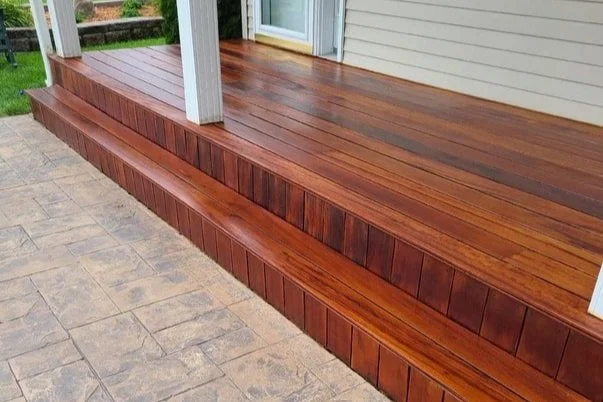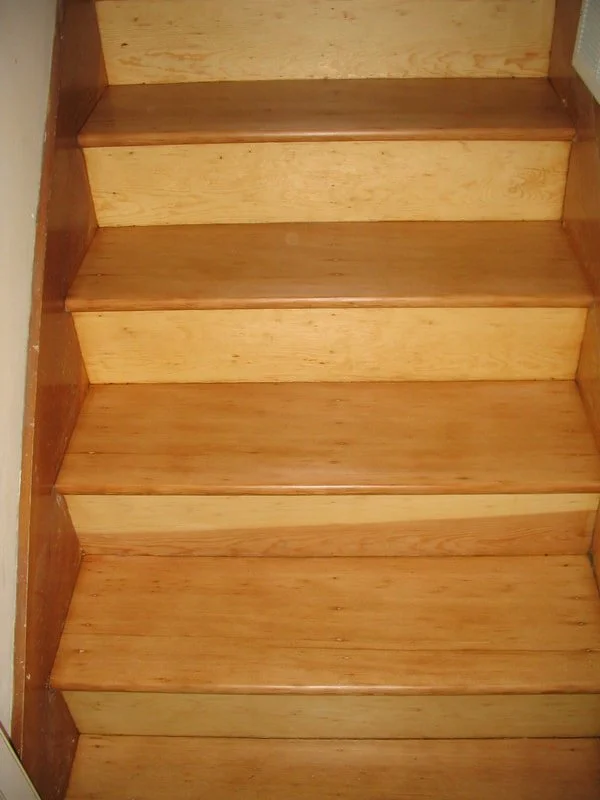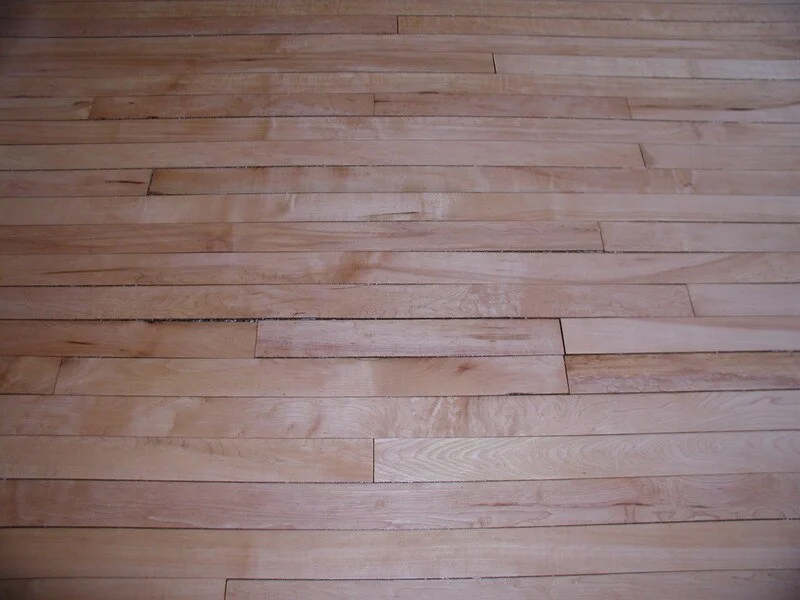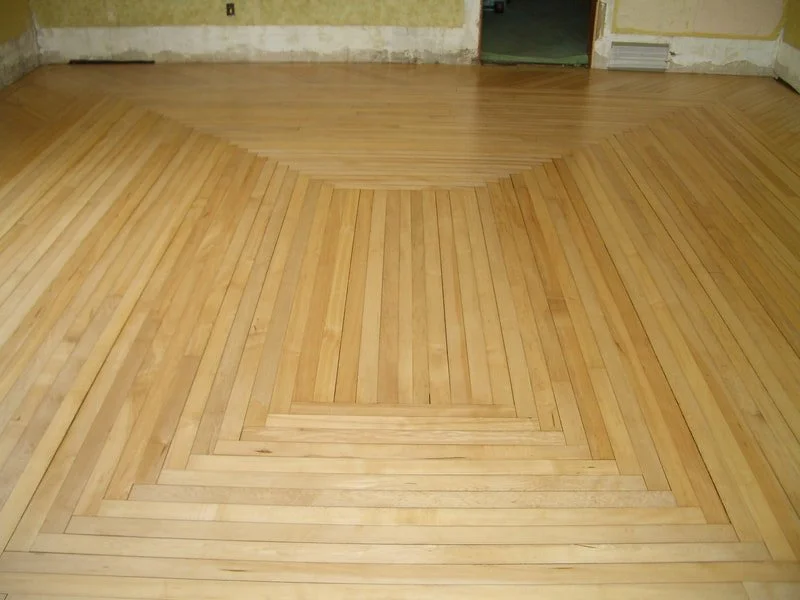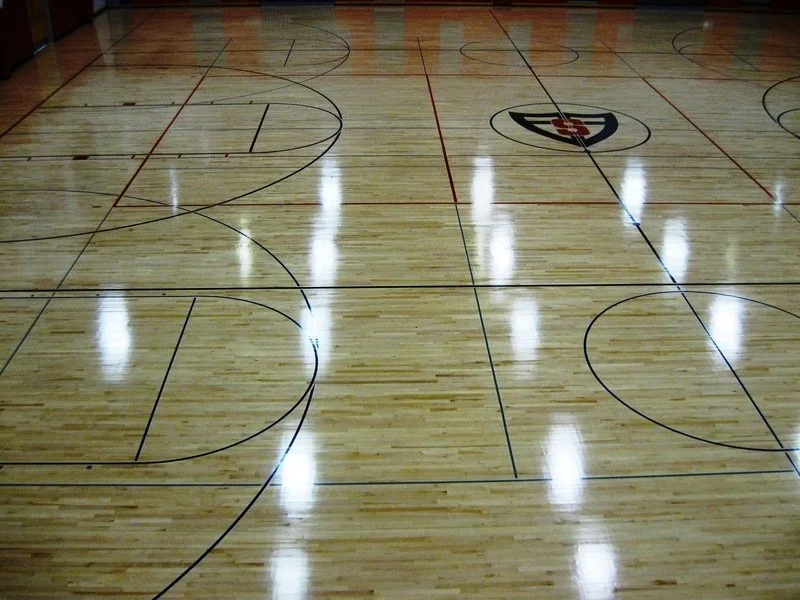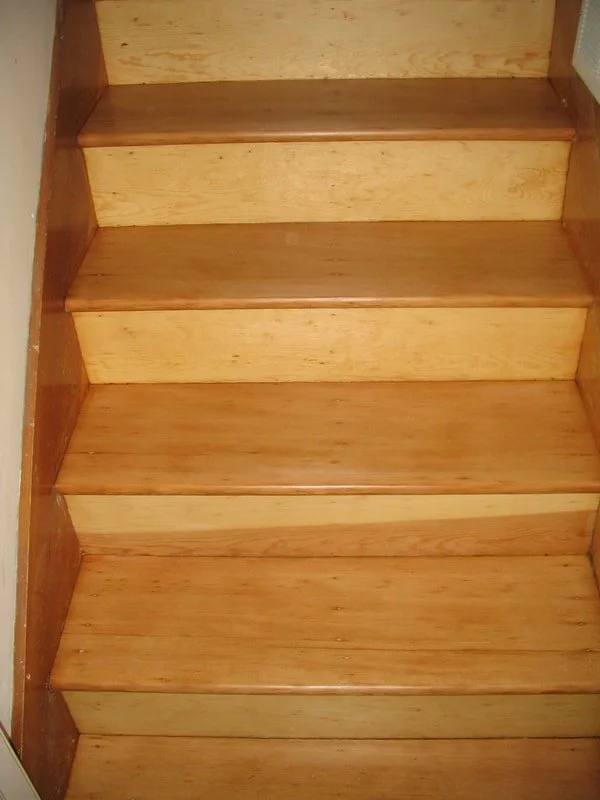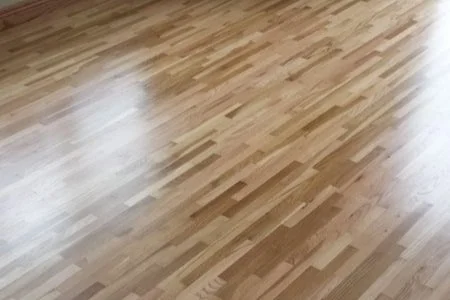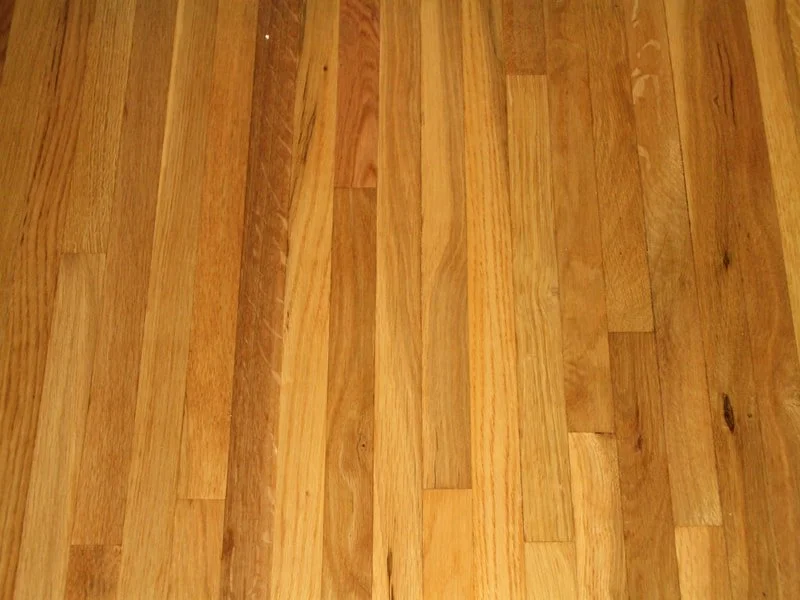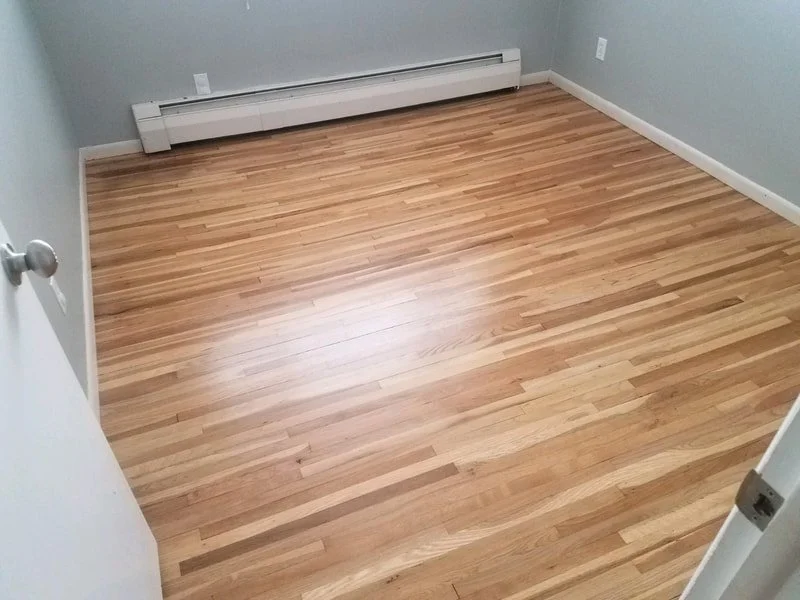Sanding and Refinishing Hardwood Floors
REFINISHING YOUR FLOORS
Makeovers are easy with a pro.
When your floors start to look a little dull, a maintenance coat may be the solution. A maintenance coat involves cleaning the existing floor finish, then lightly sanding it, and application of a fresh new coat of wood floor finish. When a new coat of finish doesn’t meet the needs of the floor, a resand may be in order.
It’s easy to transform the look of your wood floors through the process of sanding and refinishing. You’ll want a certified wood flooring professional who has the knowledge and skills to do the job right, though. The NWFA is dedicated to educating wood flooring professionals in the installation, sanding, finishing, inspection, and sales of wood flooring products.
A complete sand and refinish is recommended when there is damage to the wood floor like deep scratches, dents, and other flooring damage. It is also recommended when the finish has worn away, and the bare wood is exposed. Sanding a floor back to raw wood is the perfect opportunity to change the color of the floor.
The number of times a floor can be sanded varies depending on a variety of factors including the skill of the contractor, the equipment used, the thickness of the wear layer, the flatness of the floor and the condition of the floor.
Recoating Wood Floors - An alternative to Sanding & Refinishing
Before Recoat
After Recoat
Recoating is a great way to preserve and often improve your hardwood flooring. Recoating is a clean procedure with no airborne dust. The flooring is first chemically cleaned to remove contamination that could inhibit adhesion of the new finish. This has proven to be a very important step since any contaminants like wax, floor polish, or oil will cause recoat finish failure. The contaminants usually show up or they are removed during the initial cleaning but not always. In some cases contaminants cannot be detected or completely removed so the recoat fails. For this reason the owners should always be prepared for the extra time and extra cost of refinishing as a worst case scenario. After the chemical cleaning, the flooring is buffed which removes about a half a coat of the existing finish. Next the floor is cleaned again in preparation for finish. Finally, one or two coats of finish are applied and allowed to dry. This takes one or two days and costs roughly 1/3 the cost of sanding and refinishing.
The recoating schedule depends on wear, and ranges from every year for high use gym floors up to 20 years for gently used bedroom floors. Recoating is recommended when you start to notice dark scratches, or numerous scratches that show in the right lighting, or when the floor becomes difficult to clean. Recoating won't fix deep scratches that are down through the finish and into the wood. But scratches that only show in certain lighting are usually in the finish coats and these are filled in and hidden by the recoating. It's much cheaper in the long run to periodically coat floors than to sand and refinish them more often. Sanding too often will result in prematurely depleating the wear layer and this leads to costly replacement. For residential floors, recoating should be done every 2 to 10 years and sand and refinish every 15 to 20 years. For sports floors recoating should be done every 1 to 2 years and refinishing every 15 to 20 years. The correct upkeep allows the flooring to look good, clean easily, and last 50 to 100 years. Following this schedule makes wood flooring the ultimate flooring choice.
Beech
Before
Decks
After














